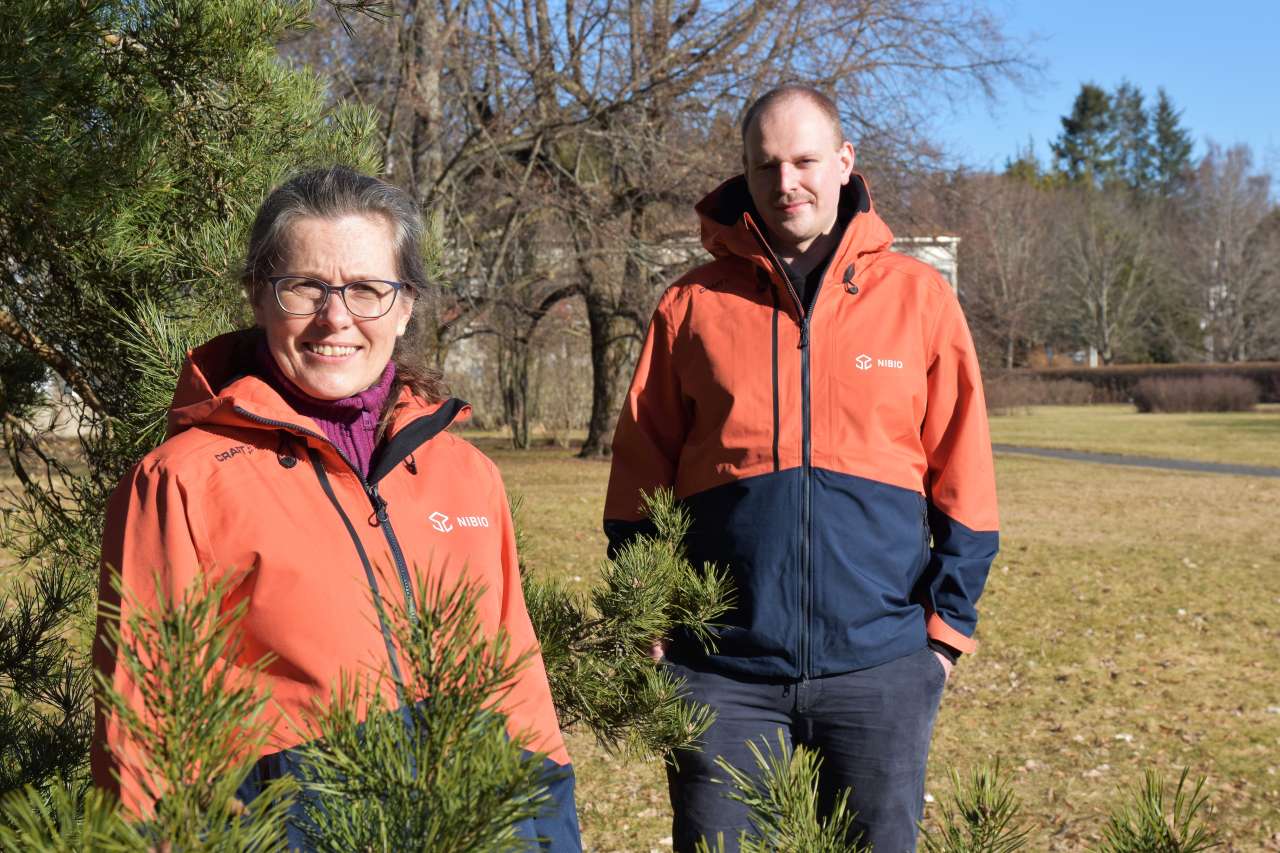DNA Reveals Imported Pests

Photo: Siri Elise Dybdal
At NIBIO, researchers have used DNA analysis in the fight against unwanted organisms that hide in the soil of imported plants. Environmental DNA makes it possible to find all the organisms hiding in the soil.
Plants with roots and lumps of soil that are transported in the plant trade can contain many different microscopic organisms that can cause plant disease. Among these are oomycetes, which are closely related to algae. These organisms can lead to disease outbreaks and pose a threat to ecosystems, biodiversity and food security. Species from the Phytophthora family have killed forests along rivers in several parts of Norway and are examples of organisms that are carried in soil.
However, the tools that make it possible to discover such oomycetes are not yet widely included in international plant hygiene testing protocols.
NIBIO is carrying out a soil monitoring program on behalf of the Norwegian Food Safety Authority, but the current methods are time-consuming with relatively limited findings. Now, researchers are testing out Environmental DNA metabarcoding to identify and gain a greater and better understanding of what is hiding in the soil of imported plants.
With environmental DNA metabarcoding all the DNA from the soil samples is isolated and sequenced specifically from oomycetes.
The researchers found approximately 1800 different oomycetes in 64 soil samples, while traditional methods led to the identification of barely 20 different species in the same samples, researcher Simeon Rossmann explains. He was responsible for the project’s data analysis.
“We believe this method of analysis will provide us with a far greater insight into what importing plants actually means for Norway’s nature and agriculture. Now we are able to see how much slips through undetected, despite the plants coming with a certificate of health,” comments senior researcher May Bente Brurberg.
Contacts

Contacts

Publications
Abstract
No abstract has been registered
